Home>Garden Essentials>What Temperature Does Poa Annua Germinate
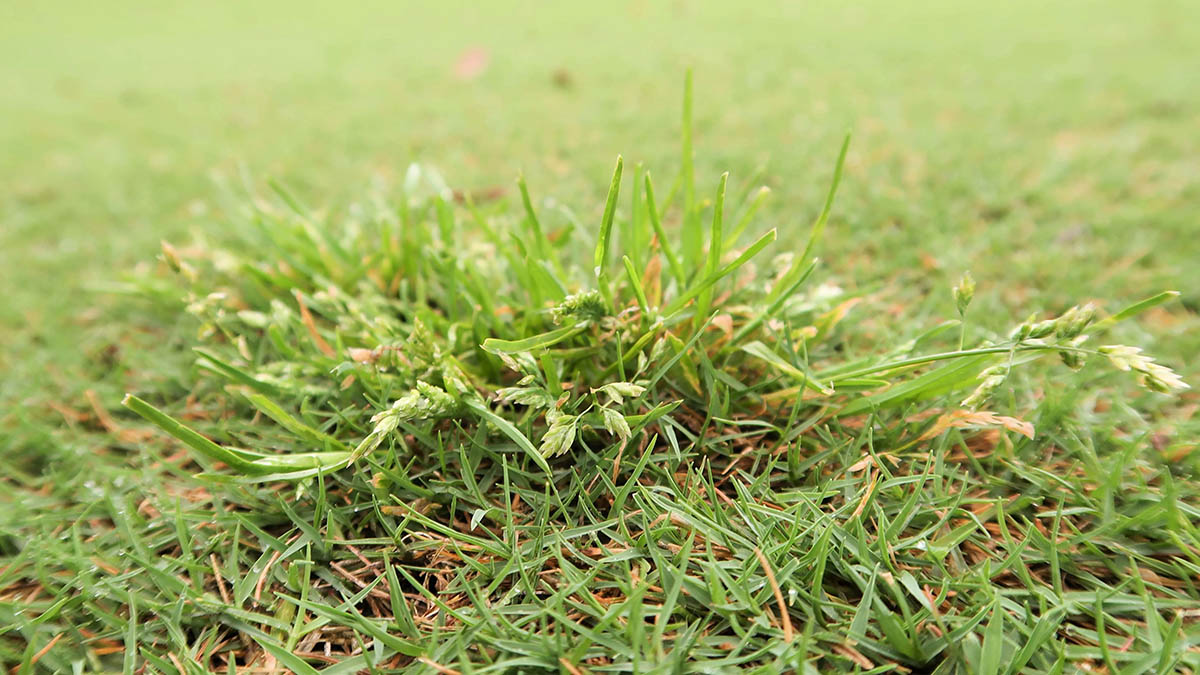

Garden Essentials
What Temperature Does Poa Annua Germinate
Modified: April 28, 2024
Learn all about the germination temperature of Poa Annua in your garden. Find out the ideal temp for successful growth and maintenance.
(Many of the links in this article redirect to a specific reviewed product. Your purchase of these products through affiliate links helps to generate commission for Storables.com, at no extra cost. Learn more)
Introduction
Welcome to the world of gardening! If you’re a passionate gardener or someone who simply enjoys spending time outdoors, understanding the intricacies of plant germination is key to achieving successful garden results. When it comes to the topic of germination, one plant that often comes into focus is Poa annua, also known as annual bluegrass.
Poa annua is a common and invasive weed that poses challenges to gardeners and landscapers alike. Its ability to rapidly spread, particularly in lawns and ornamental beds, makes it a nuisance to control. Therefore, understanding the factors affecting the germination of Poa annua, including temperature, is crucial for implementing effective control strategies.
In this article, we will explore the optimal temperature range for Poa annua germination, the factors that influence its germination, and the implications this knowledge has for its control. By delving into these details, we hope to equip you with valuable insights that will help you better manage Poa annua in your garden.
Key Takeaways:
- Poa annua, or annual bluegrass, prefers to germinate in temperatures between 60°F to 70°F. This means it thrives during spring and fall, making it important to control during these seasons.
- To prevent Poa annua from taking over your garden, focus on improving soil quality, promoting healthy turf grass, and using spot treatments to control its spread. Remember, timing is crucial for effective control.
Factors Affecting Poa Annua Germination
Poa annua germination is influenced by several key factors, each playing a vital role in the process. By understanding these factors, gardeners can better plan their approaches to control and prevent the growth of this invasive weed. Let’s take a closer look at some of the main factors affecting the germination of Poa annua.
- Temperature: Temperature is one of the most critical factors influencing Poa annua germination. This weed typically thrives in cooler climates, with temperatures ranging between 50°F to 70°F (10°C to 21°C). However, it can also germinate in slightly higher or lower temperatures, albeit with varying success rates.
- Moisture: Like most plants, Poa annua requires adequate moisture to germinate. The presence of consistent moisture in the soil is essential for the seed to imbibe water and initiate the germination process. Dry and arid conditions can hinder germination, while excessive moisture may cause the seeds to rot or develop fungal diseases.
- Light: Poa annua seeds are relatively indifferent to light conditions, and they can germinate in both light and dark environments. However, exposure to sunlight can enhance the growth and development of the seedlings once germination occurs.
- Soil Quality: The quality of the soil, including its texture, fertility, and nutrient content, can significantly impact Poa annua germination. The presence of organic matter and a well-balanced pH level (around 6 to 7) can create favorable conditions for successful seed germination.
- Competition: Poa annua is known to be a prolific seed producer, but the germination success of its seeds can be influenced by competition from other plants. When other desirable turf grasses or vegetation have a strong foothold in the soil, they can impede the germination and growth of Poa annua.
By considering these factors, gardeners can strategically manipulate the conditions in their gardens to discourage the germination and growth of Poa annua. Understanding these factors can inform your approach to weed control, allowing you to take necessary steps to prevent its spread and maintain a healthy and vibrant garden.
Optimum Temperature for Poa Annua Germination
Temperature plays a crucial role in the germination process of Poa annua. To achieve successful germination, it is important to provide the optimum temperature range that promotes the growth of the seeds. While Poa annua can tolerate a wide range of temperatures for germination, there is an optimum range that is most conducive to its growth.
The optimum temperature for Poa annua germination falls within the range of 60°F to 70°F (15°C to 21°C). Within this temperature range, the seeds have the highest chance of germination and developing into healthy seedlings. These temperatures are commonly found during the spring and fall seasons, which are the prime times for Poa annua to thrive.
When the soil temperature reaches the ideal range, the Poa annua seeds absorb water, initiating the germination process. The warmth provided by the optimal temperature range helps to break the seed dormancy and stimulate metabolic activities, promoting germination and rapid growth of the seedlings.
However, it’s important to note that germination can still occur at temperatures slightly above or below the optimum range. Poa annua seeds can germinate as low as 45°F (7°C) and as high as 75°F (24°C), although germination rates may vary. Cooler temperatures may delay germination, while warmer temperatures can accelerate the process, but may lead to weaker seedlings.
Monitoring and managing the soil temperature can greatly influence the success of Poa annua germination. Using a soil thermometer, gardeners can observe the temperature of the soil and determine if it falls within the optimum range. Maintaining the ideal temperature range not only promotes optimal germination but also ensures the healthy establishment of Poa annua in your garden.
By understanding the optimum temperature range for Poa annua germination, gardeners can take the necessary steps to provide favorable conditions for its growth. Whether it means timing your planting during the ideal seasons or implementing temperature control measures, such as mulching or providing shade, optimizing the temperature can greatly enhance the success of Poa annua germination.
Germination Temperature Range for Poa Annua
Poa annua, commonly known as annual bluegrass, exhibits a broad germination temperature range, allowing it to adapt and thrive in various environmental conditions. While the optimum temperature range for Poa annua germination is between 60°F to 70°F (15°C to 21°C), this weed can germinate at temperatures outside of this range.
Poa annua seeds can germinate at temperatures as low as 45°F (7°C) and as high as 75°F (24°C). However, it is important to note that the germination rates and success may vary at different temperature extremes. Seeds germinating at the lower end of the range may experience slower and delayed germination, while those germinating at higher temperatures may have a higher risk of weak and vulnerable seedlings.
During the cooler seasons, such as spring and fall, when soil temperatures are typically within the optimal range, Poa annua’s germination rates are generally higher and more consistent. This explains why this weed tends to proliferate during these seasons, leading to challenges in maintaining weed-free lawns and gardens.
In contrast, during the summer months, when temperatures rise above the optimal range, Poa annua germination may be less favorable. The heat and dry conditions can inhibit germination or cause the seeds to become dormant, waiting for more suitable environmental conditions to resume the germination process. This is one reason why Poa annua is often more problematic in cooler climates with milder summers.
It is worth noting that while Poa annua can germinate and establish itself at a wide range of temperatures, it is less tolerant of extreme heat or cold after germination. Once the seedlings emerge, they are sensitive to fluctuations in temperature and may struggle to survive in excessively hot or frosty conditions.
Understanding the germination temperature range for Poa annua can help gardeners plan their strategies for weed control and prevention. By monitoring temperature fluctuations and adjusting gardening practices accordingly, such as overseeding with desirable turf grasses during the optimal germination period, it is possible to minimize Poa annua establishment and maintain healthier and more visually appealing lawns and gardens.
Poa annua germinates best at temperatures between 50-65°F (10-18°C). Keep soil consistently moist to encourage germination.
Germination Timeframe for Poa Annua
Poa annua, also known as annual bluegrass, is known for its relatively quick germination and rapid growth. The germination timeframe for Poa annua can vary depending on several factors, including temperature, moisture, and soil conditions.
Under ideal conditions, Poa annua seeds can germinate within 7 to 14 days after planting. This quick germination is one of the reasons why this grassy weed can rapidly spread and establish itself in lawns and garden beds.
The primary factor that influences the germination timeframe is temperature. Cooler temperatures, typically in the spring and fall seasons, can extend the germination period, while warmer temperatures can expedite it. Soil moisture is also crucial, as adequate moisture is necessary to initiate and support the germination process.
Once the Poa annua seeds have absorbed enough moisture and reached the optimal temperature range of 60°F to 70°F (15°C to 21°C), they will begin to sprout. Within a week or two, tiny shoots will emerge, and the seedlings will develop their first set of true leaves.
It is important to note that not all Poa annua seeds will germinate at the same time. Due to natural variations in seed dormancy, some seeds may take longer to break dormancy and germinate, even under favorable conditions. This can result in staggered germination, with new seedlings emerging over an extended period of time.
Furthermore, the germination timeframe can be influenced by the presence of other factors such as competition from other plants and the quality of the soil. Dense vegetation and healthy turf grass can suppress Poa annua germination, whereas bare or disturbed soil can provide more favorable conditions for its establishment.
By understanding the germination timeframe for Poa annua, gardeners can plan their weed control strategies accordingly. Implementing pre-emergent herbicides before the germination period can help prevent Poa annua seeds from sprouting. Additionally, regular monitoring and early intervention can enable the removal or selective control of seedlings before they have the chance to mature and produce more seeds.
Being aware of the germination timeframe also allows gardeners to prioritize preventative measures, such as promoting the growth of desirable turf grasses, using proper watering techniques, and maintaining healthy soil conditions. By managing these factors effectively, gardeners can reduce the establishment of Poa annua and maintain a lush and weed-free landscape.
Read more: What Is Poa Annua Grass
Implications for Poa Annua Control
Controlling Poa annua, or annual bluegrass, requires a comprehensive approach that takes into account the germination factors and timing associated with this invasive weed. Understanding the implications of these factors can greatly aid in implementing effective control measures. Here are some key implications to consider when it comes to controlling Poa annua:
- Timing is crucial: Since Poa annua primarily germinates during spring and fall seasons, it is important to time your control efforts accordingly. Applying pre-emergent herbicides before the germination period can prevent the weed seeds from sprouting, significantly reducing the number of Poa annua plants that establish in your garden.
- Optimize soil conditions: Poa annua thrives in a wide range of soil types but prefers moist, well-draining soil. Take steps to improve the overall soil quality and drainage in your garden by incorporating organic matter, aerating the soil, and avoiding overwatering. By creating unfavorable conditions for Poa annua germination and growth, you can discourage its establishment.
- Promote desirable turf grass: A dense and healthy lawn can help suppress the germination and growth of Poa annua. Regularly overseeding with desirable turf grass species and properly fertilizing and maintaining your lawn can create a competitive environment where Poa annua has difficulty thriving.
- Mechanical control: Hand-pulling or using a weeding tool to remove Poa annua plants before they set seed can help prevent the spread of this weed. Be thorough in your removal efforts to ensure that no seeds remain in the soil, as Poa annua is capable of reseeding and quickly spreading.
- Monitor and spot treat: Regularly inspect your garden for any signs of Poa annua seedlings or established plants. Spot treat any emerging seedlings with selective herbicides specifically designed to target Poa annua while sparing desirable plants. By staying vigilant and addressing the problem early, you can prevent the weed from spreading and causing further issues.
By considering these implications for Poa annua control, you can develop a comprehensive strategy that combines preventative measures, cultural practices, and targeted treatments. It is important to note that controlling Poa annua requires ongoing efforts, as this weed has a high seed production rate and can quickly reestablish itself if not properly managed.
Remember that maintaining a healthy garden with proper cultural practices, such as regular mowing and adequate watering, can also contribute to the overall resilience of desirable plants and reduce the opportunity for Poa annua to establish and dominate. By taking a proactive approach, you can effectively control Poa annua and achieve a thriving and attractive garden atmosphere.
Conclusion
Poa annua, or annual bluegrass, is a common and invasive weed that poses challenges for gardeners and landscapers. Understanding the factors affecting Poa annua germination is crucial for effective control and prevention. From temperature and moisture to soil conditions and competition, these factors play a significant role in the germination and growth of Poa annua.
The optimum temperature for Poa annua germination falls within the range of 60°F to 70°F (15°C to 21°C). Within this range, the seeds have the highest chance of germination and developing into healthy seedlings. However, Poa annua can still germinate at temperatures slightly above or below this range, albeit with varying success rates.
Other factors, such as moisture, light, soil quality, and competition, can also influence Poa annua germination. Adequate moisture and well-balanced soil conditions are important for successful germination, while competition from other plants can impede its growth. Understanding these factors allows gardeners to strategically manage their gardens to discourage Poa annua germination and growth.
The germination timeframe for Poa annua is relatively quick, usually occurring within 7 to 14 days under ideal conditions. However, the actual timeframe can vary depending on temperature, moisture, and other factors. By monitoring and controlling these factors, gardeners can effectively prevent the establishment and spread of Poa annua in their landscapes.
Implementing preventative measures, such as applying pre-emergent herbicides, promoting desirable turf grasses, and regularly inspecting for seedlings, can all contribute to a successful Poa annua control strategy. It is important to maintain a vigilant approach and address the issue early to prevent further spread and dominance of this weed.
In conclusion, understanding the factors influencing Poa annua germination and implementing appropriate control measures are essential for managing this invasive weed. By optimizing soil conditions, promoting desirable turf grasses, and utilizing spot treatments when necessary, gardeners can maintain a healthy and weed-free garden environment. With proper management and a proactive approach, Poa annua can be kept in check, allowing for a vibrant and thriving landscape.
Frequently Asked Questions about What Temperature Does Poa Annua Germinate
Was this page helpful?
At Storables.com, we guarantee accurate and reliable information. Our content, validated by Expert Board Contributors, is crafted following stringent Editorial Policies. We're committed to providing you with well-researched, expert-backed insights for all your informational needs.
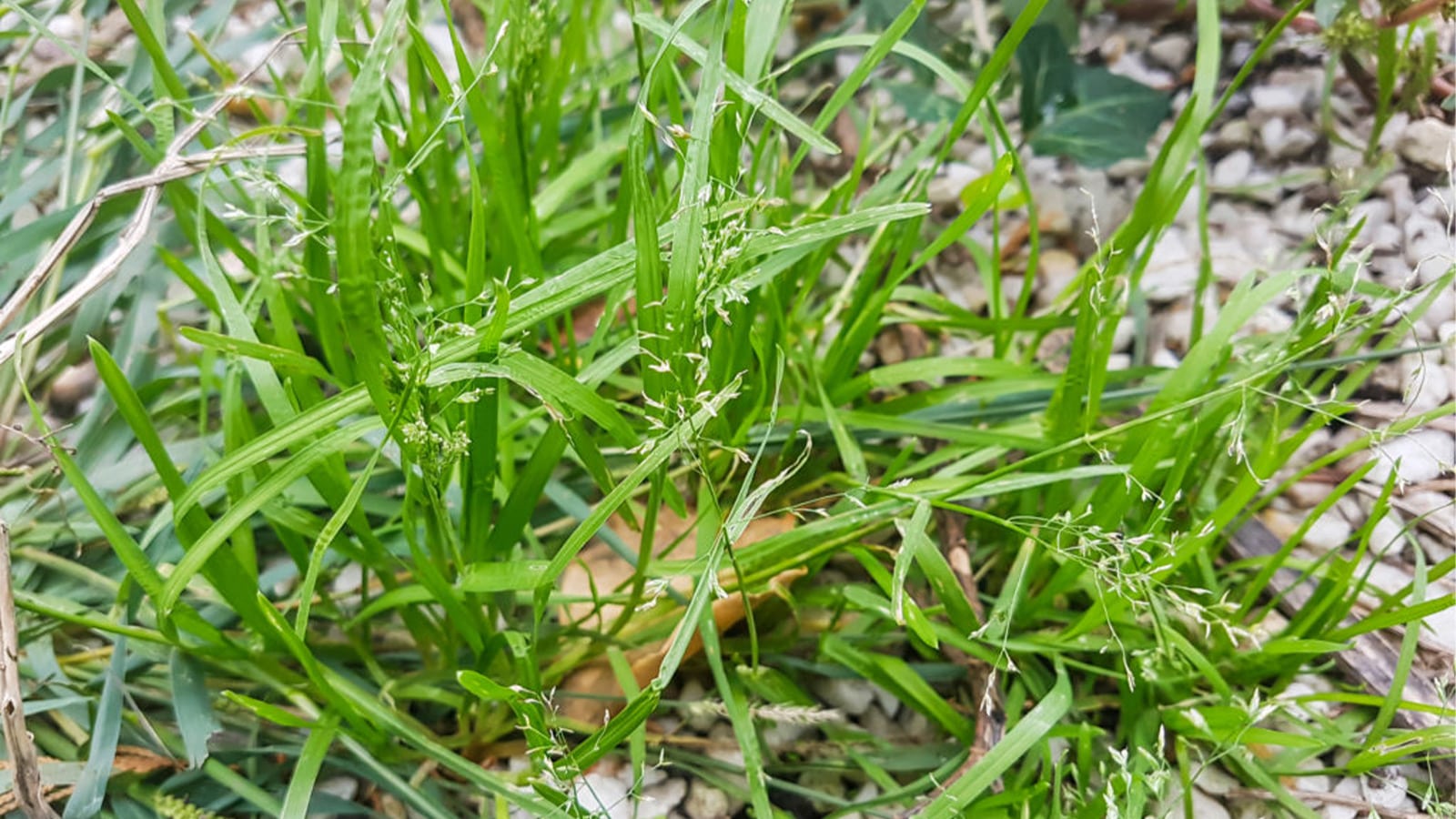
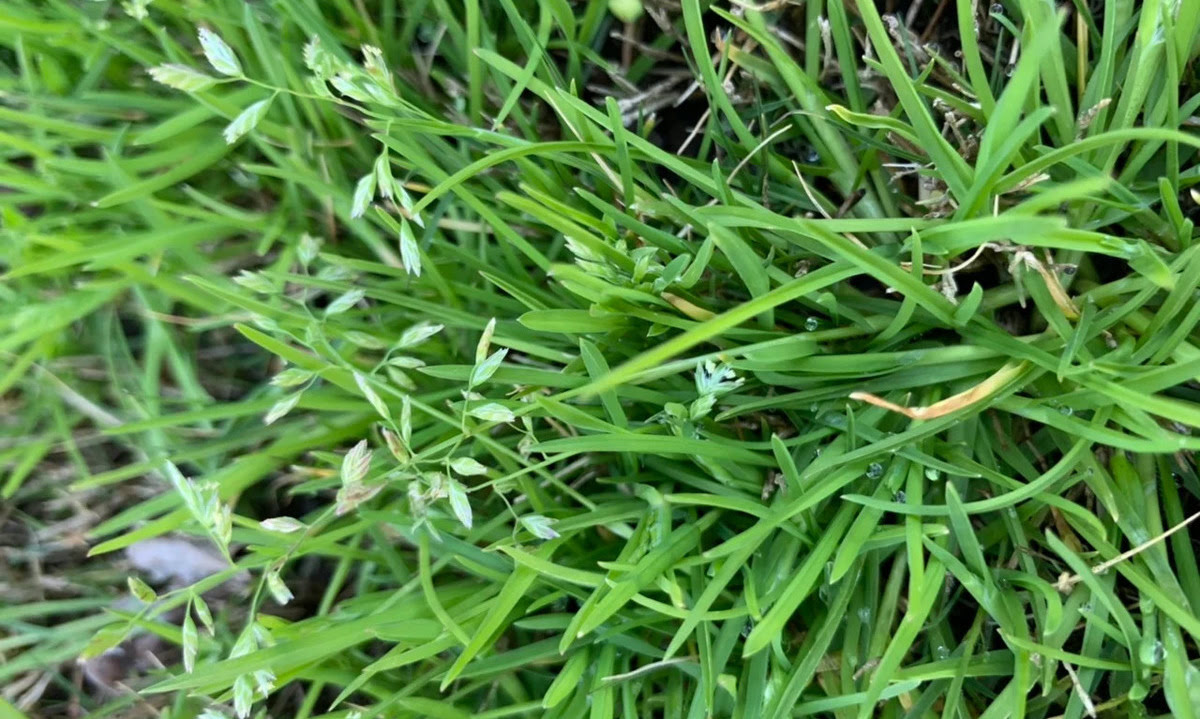
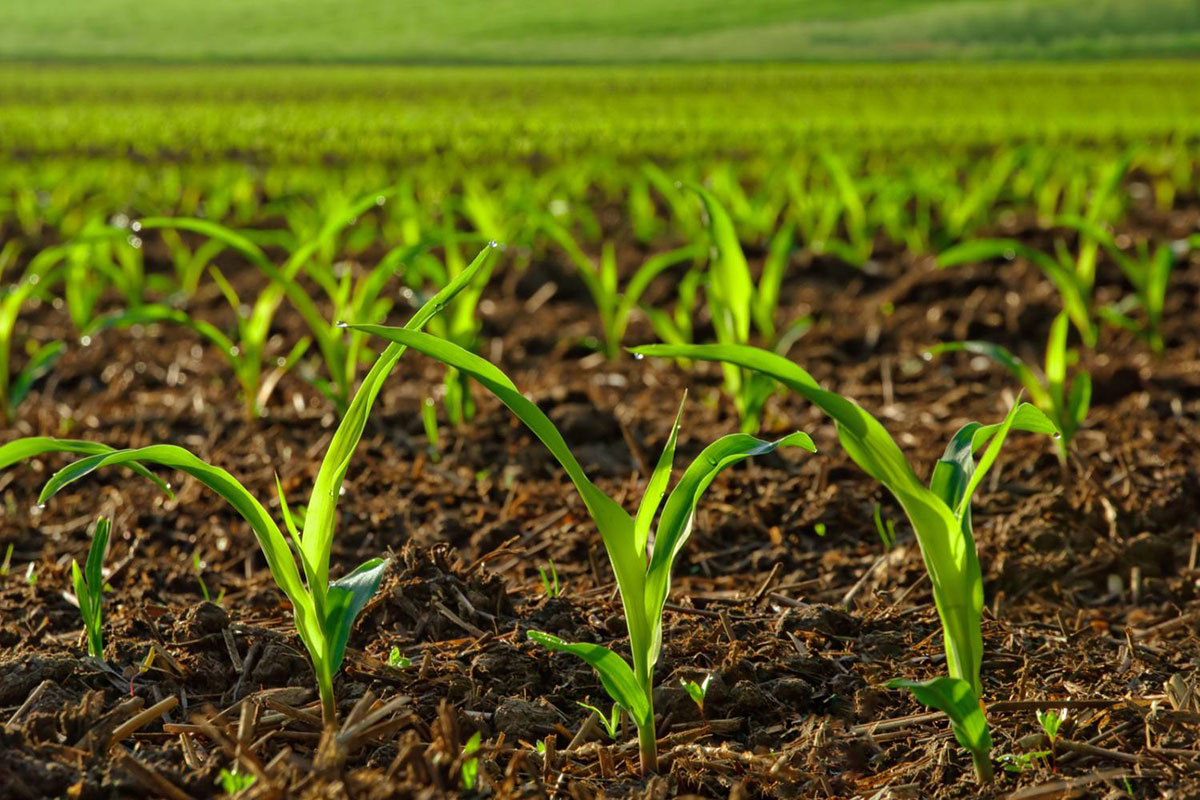
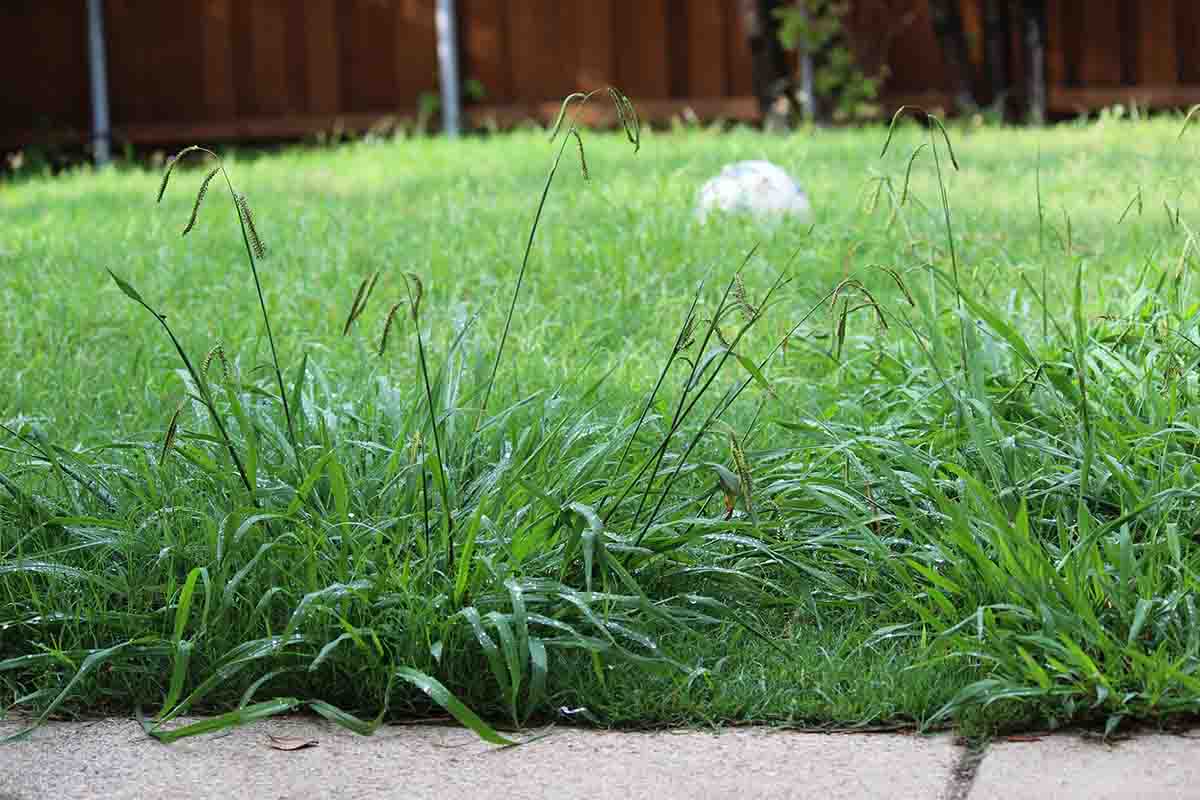
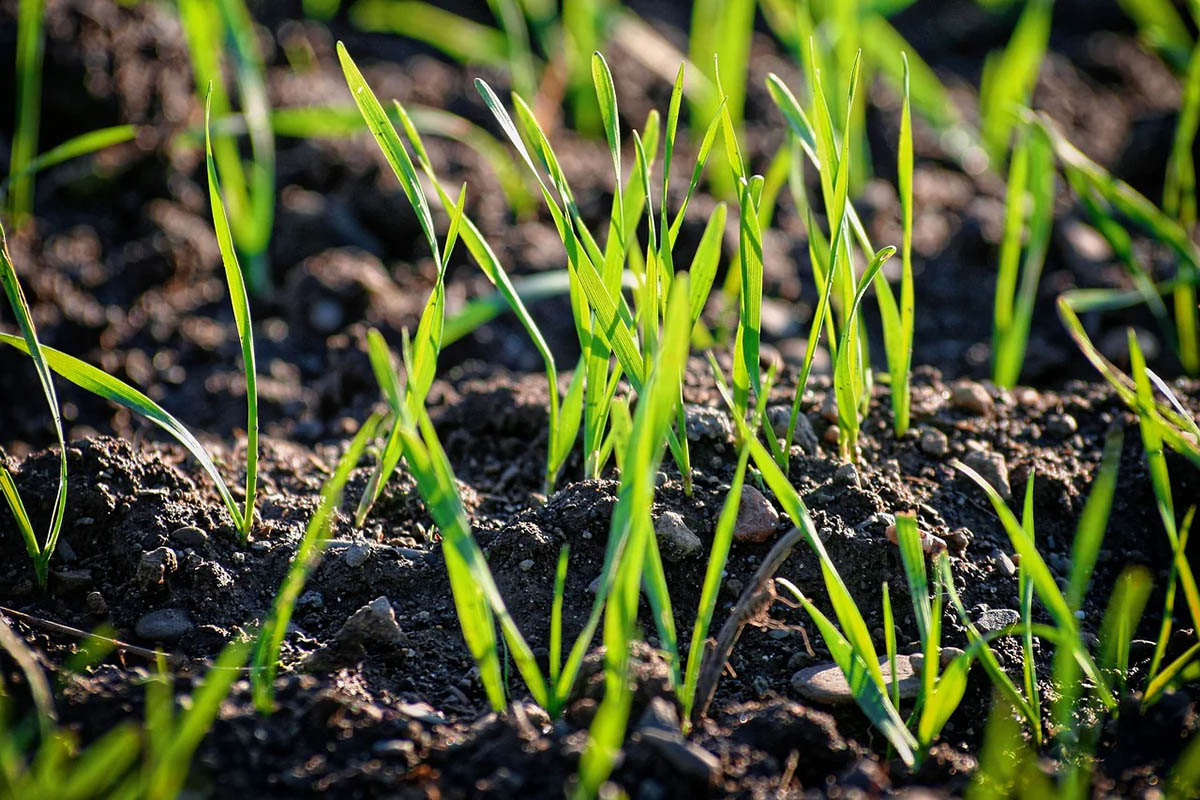
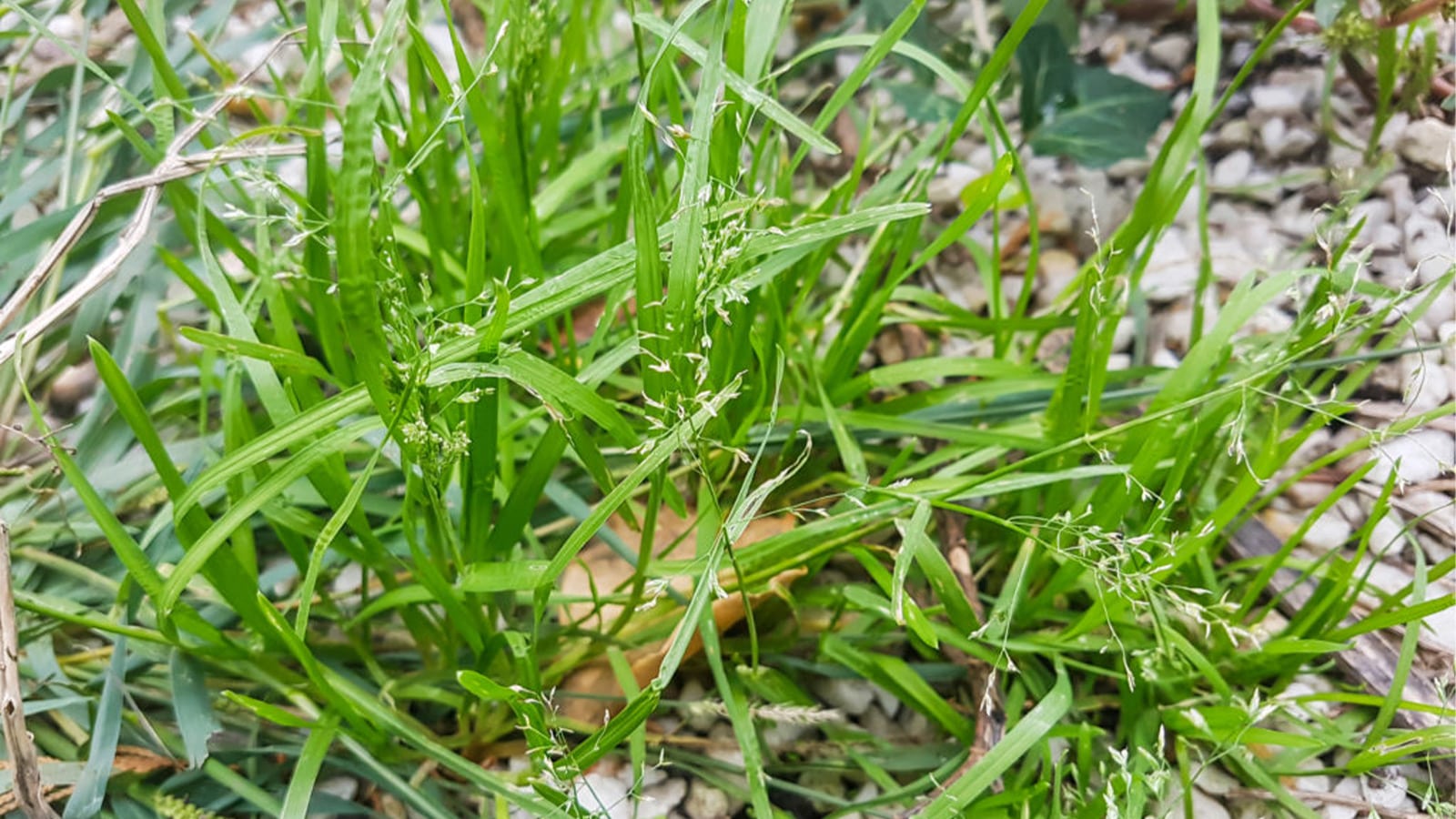
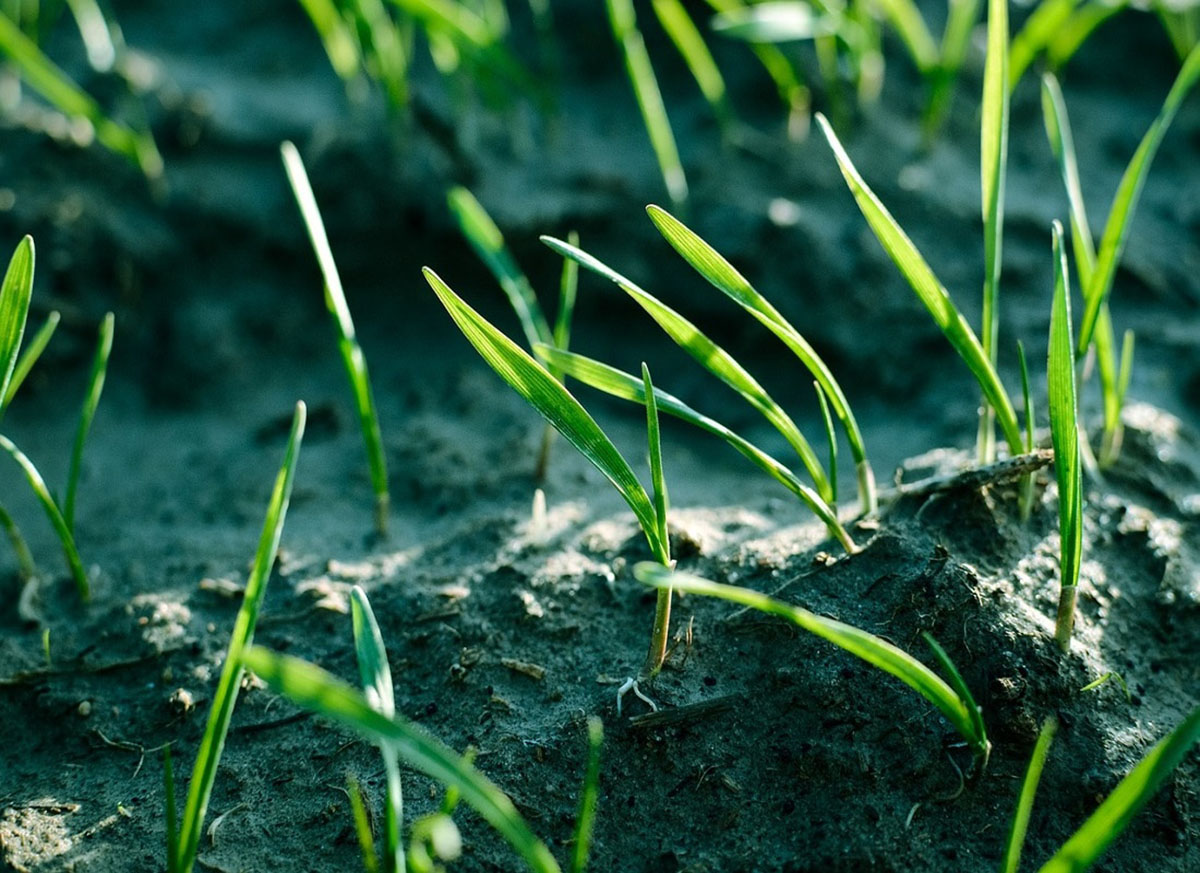
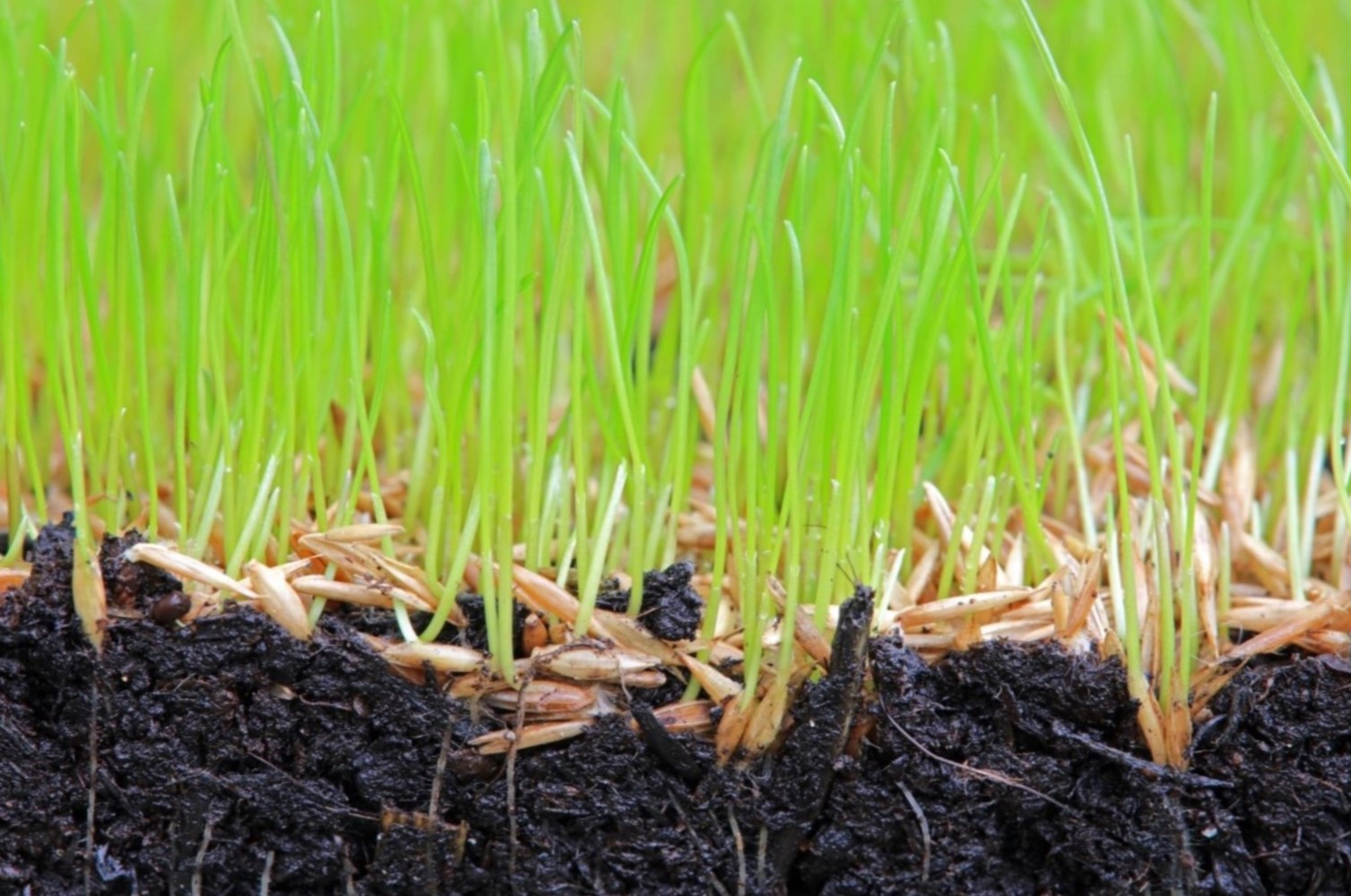
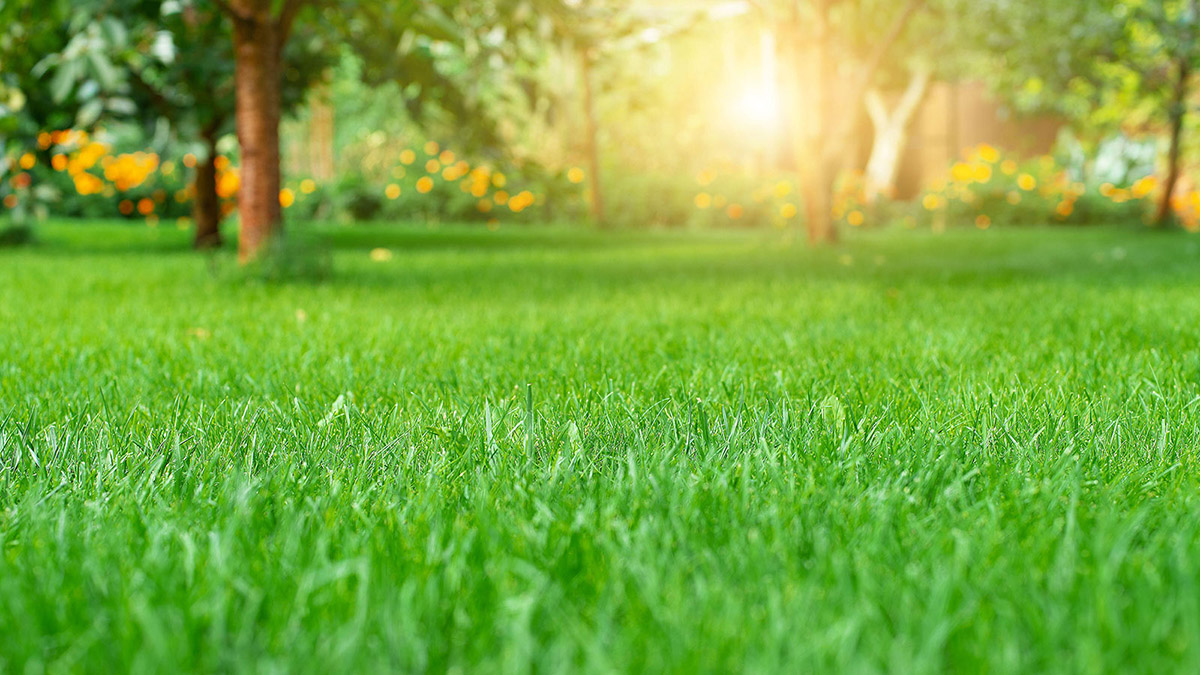
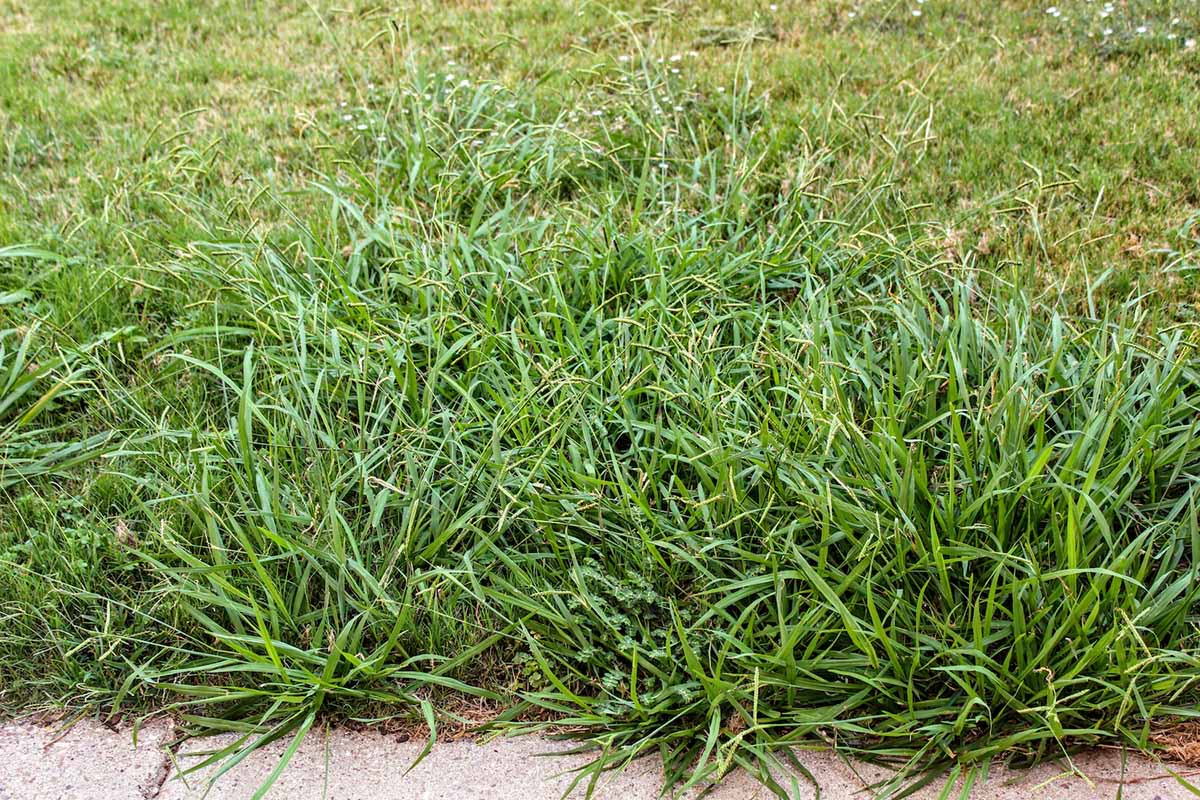
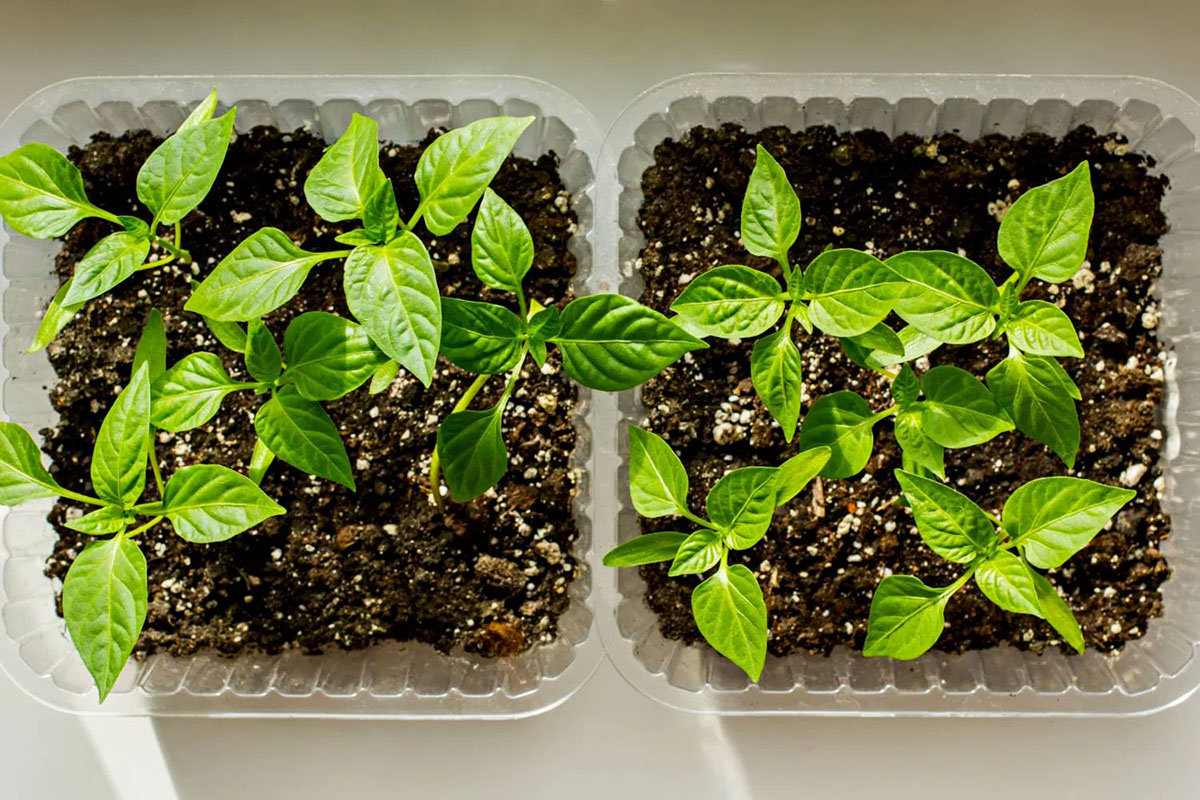
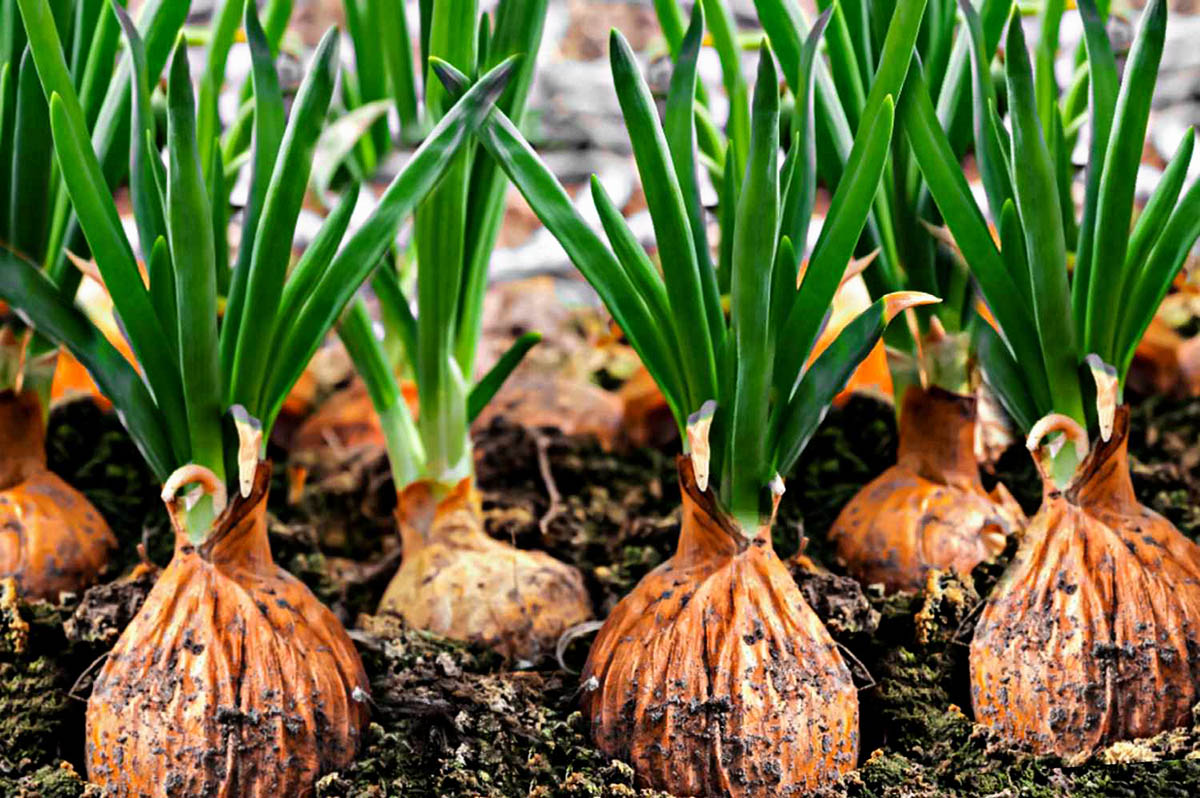
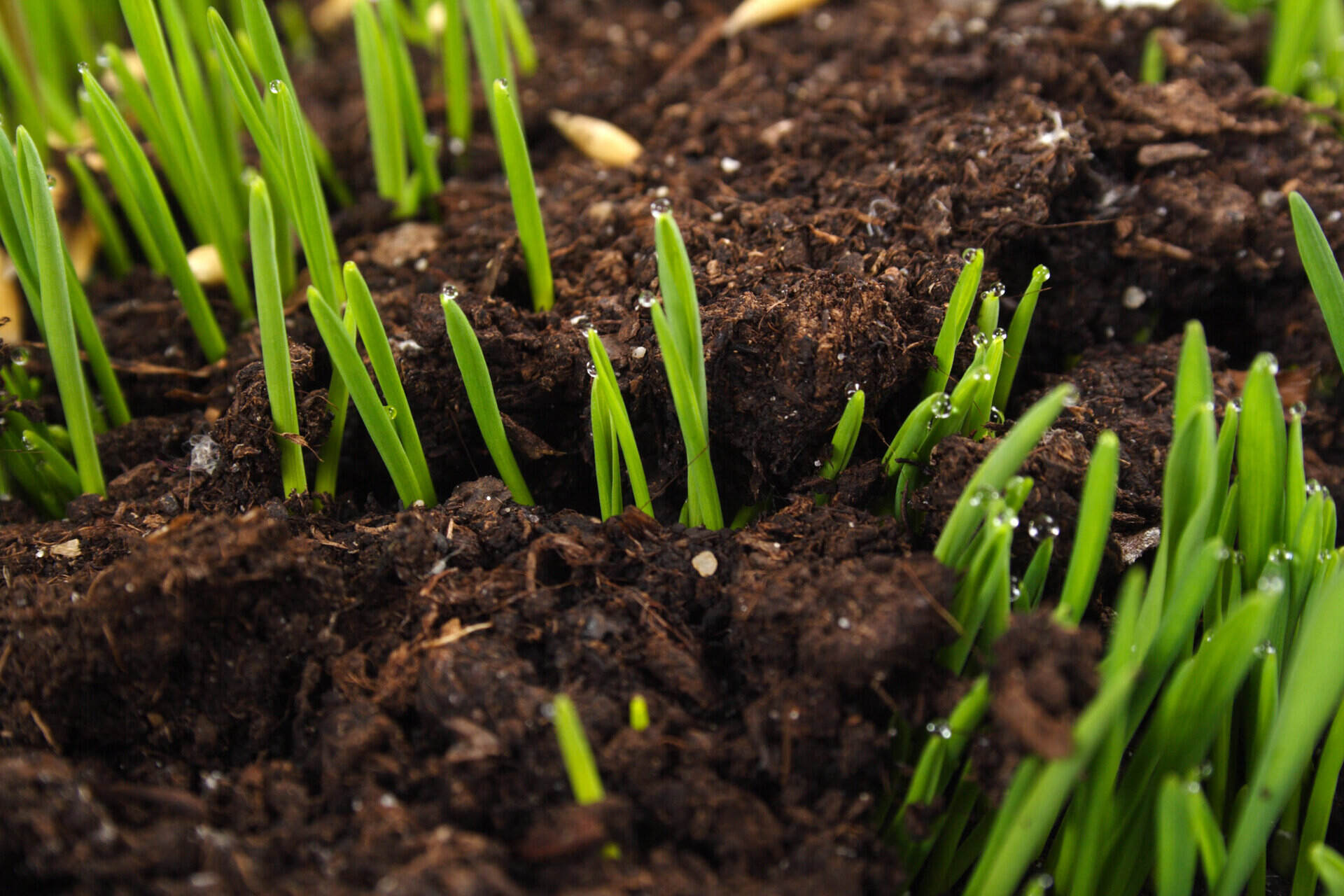
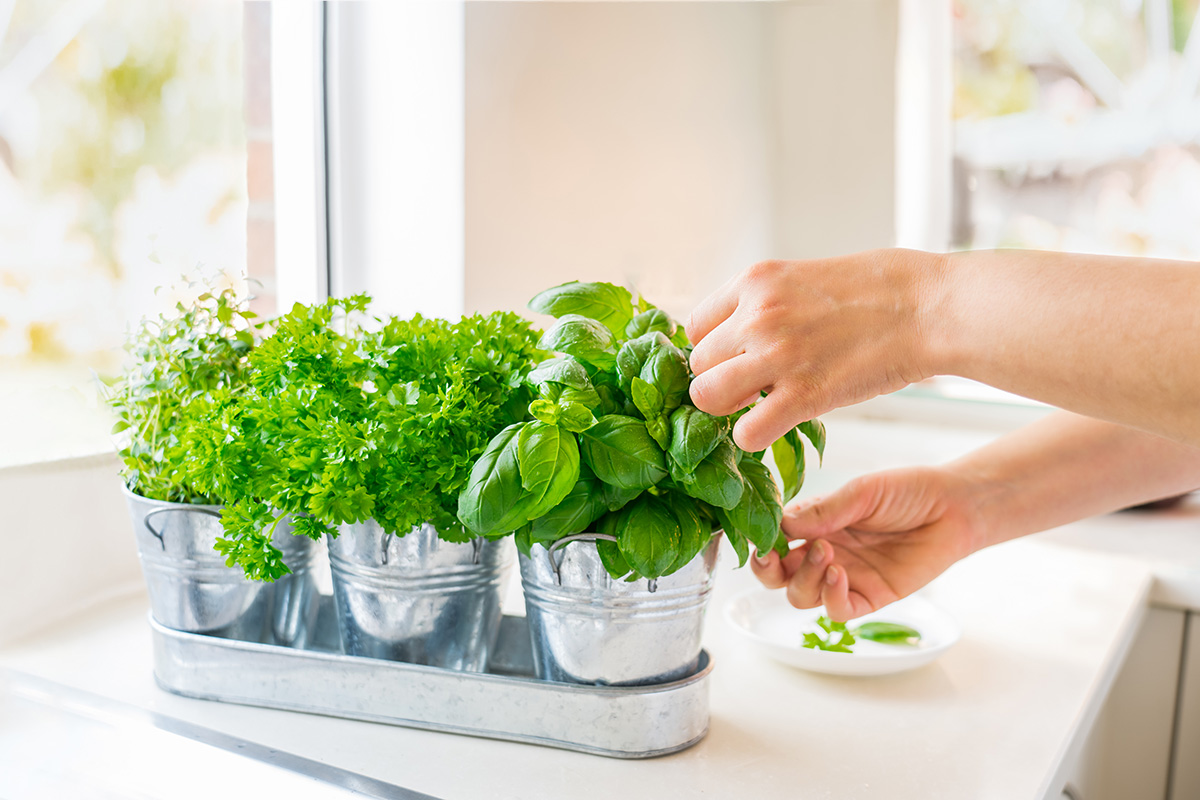

0 thoughts on “What Temperature Does Poa Annua Germinate”